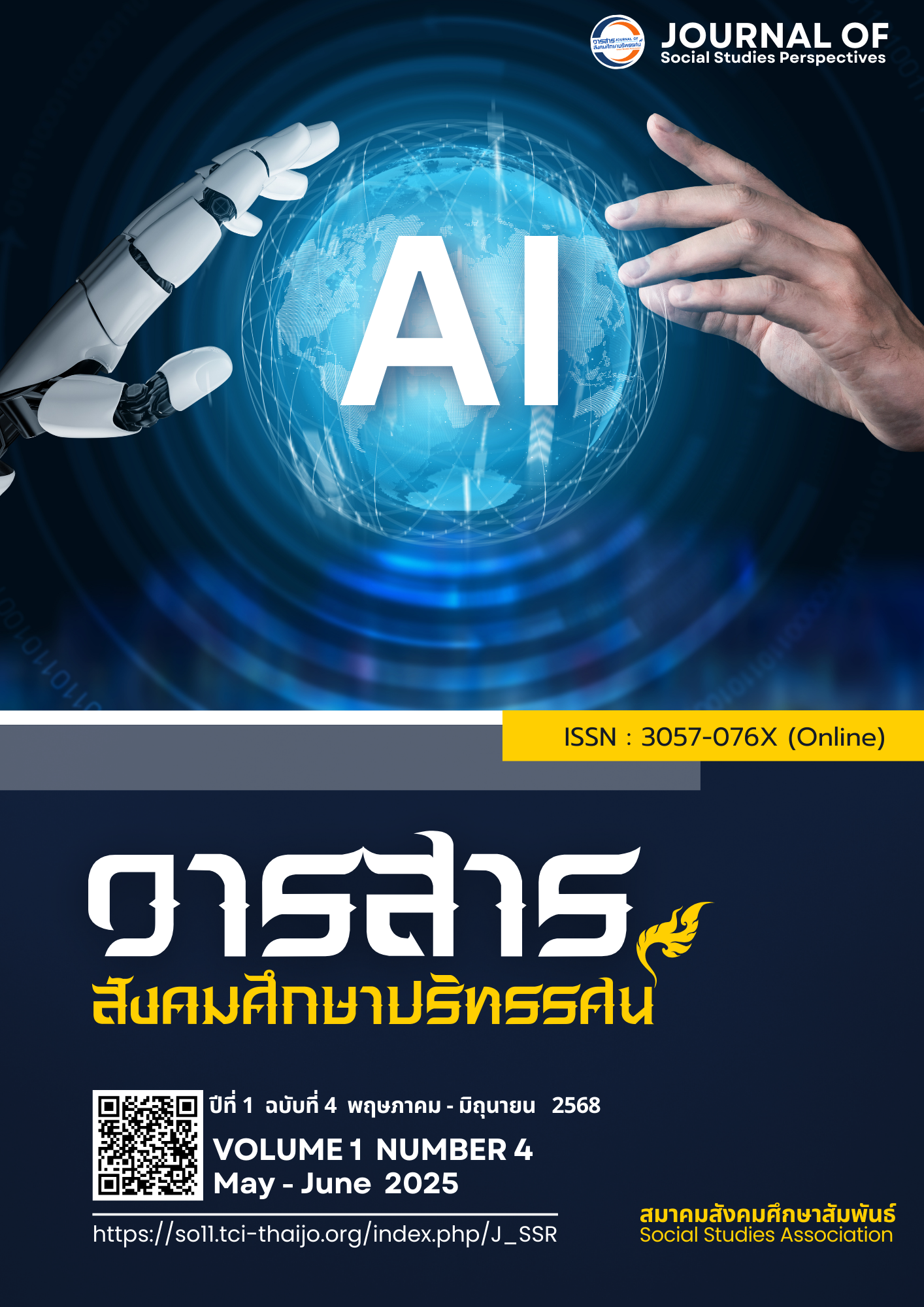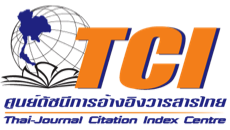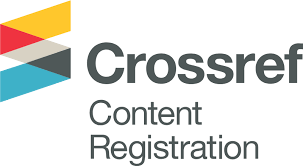VIDEO -SHARING PRODUCTION TECHNIQUES TO ENHANCE DIGITAL CITIZENSHIP SKILLS USING AI CLIP CHAMP USING THE PROBLEM BASE
DOI:
https://doi.org/10.64186/jsp1428Keywords:
AI ClipCham, Video Sharing, Problem Based, Digital CitizenshipAbstract
This academic article focuses on using video-sharing production techniques to enhance digital citizenship skills by utilizing Clipchamp, an AI-powered learning tool. The aim is to develop problem-solving skills among students in an era where social media platforms allow users to create and share content in various formats. The article integrates problem-based learning (PBL) into the teaching process. In this article, the author will present: 1) an analysis of Clipchamp’s potential in digital media creation, 2) the impact of using Clipchamp on students' problem-solving skills and collaboration, 3) the development of methods to incorporate Clipchamp into the teaching process, and 4) an evaluation of student learning outcomes after using the program.
The use of video-sharing is a key tool that enables creators to present content in diverse ways. The AI technology in Clipchamp, developed by Microsoft, makes video editing easy. Even those with no prior experience can use it, as it allows for the integration of AI-generated video, images, and audio. This helps content creators efficiently produce effective learning materials in a short time. Clipchamp plays an essential role in enabling learners to create learning content related to real-life problems, which helps enhance problem-solving and teamwork skills. Furthermore, using this program fosters a deeper understanding of responsible media use, compliance with legal standards, and avoiding copyright violations, all of which are crucial components of being a digital citizen.
References
Achavanantakul, S. (2022). The social impact of fake news: A case study during COVID-19. Retrieved November 4, 2024, from https://salforest.com/knowledge/covid-19-fakenews
Bamroongcheep, U. (2023). Creative innovation for learning towards digital citizenship. Chonburi:
Chonburi Printing.
Burgess, J., & Green, J. (2009). YouTube: Online video and participatory culture. Polity Press.
Clipchamp. (2024). Create and edit videos online. Retrieved November 4, 2024, from https://clipchamp.com/th/
Contentshifu. (2020). Know how to do social media marketing. Retrieved November 4, 2024, from https://www.contentshifu.com/pillar/what-is-social-media- marketing#Social_Media_Marketing
Chau, C. (2010). YouTube as a participatory culture. New Directions for Youth Development,
(128), 65-74.
Lange, P. G. (2014). Kids on YouTube: Technical identities and digital literacies. Routledge.
Lim, T. (2023). Problem-based learning: Benefits, challenges, and the way forward. Royal
University of Phnom Penh, Cambodia.
Microsoft. (2021). What is Clipchamp? Retrieved November 4, 2024, from
https://support.microsoft.com/th-th/topic/what-is-clipchamp-750e8940-cd76-4abf-9767-b34d3d3285d7
Ribble, M. (2015). Digital citizenship in schools: Nine elements all students should know (3rd
ed.). International Society for Technology in Education.
Smith, J. (2023). The role of digital tools in democratizing content creation. Journal of Digital Media and Innovation, 12(4), 45-60.
Srisuwan, S. (2021). The use of artificial intelligence technology to develop digital citizenship skills in the 4.0 era. Journal of Technology and Innovation in Education, 7(3), 45-58.
Downloads
Published
How to Cite
Issue
Section
Categories
License
Copyright (c) 2025 Journal of social studies perspectives

This work is licensed under a Creative Commons Attribution-NonCommercial-NoDerivatives 4.0 International License.
The article is published under the Creative Commons Attribution-NonCommercial-NoDerivatives 4.0 International (CC BY-NC-ND 4.0) license, which allows others to share the article while giving appropriate credit to the author. It prohibits the use of the article for commercial purposes or the creation of derivative works. Any other reuse or reproduction requires permission from the journal.









